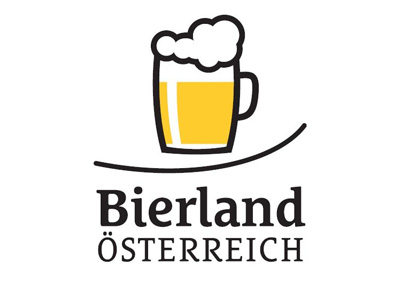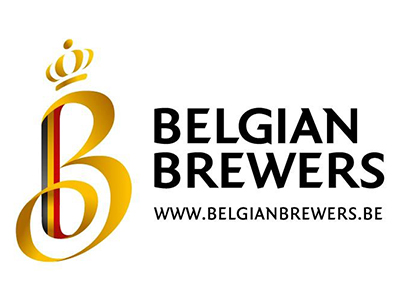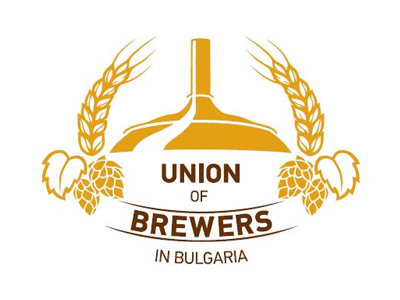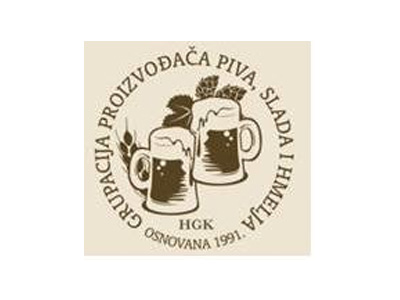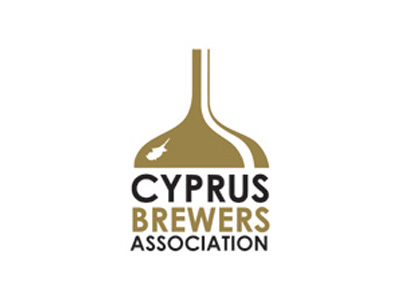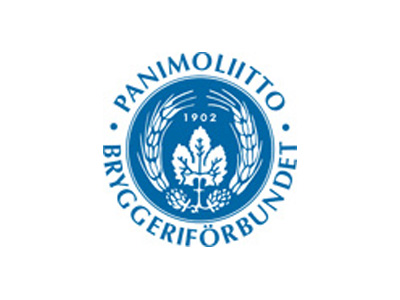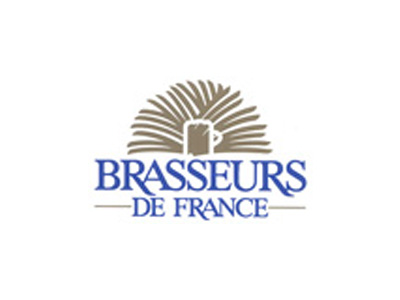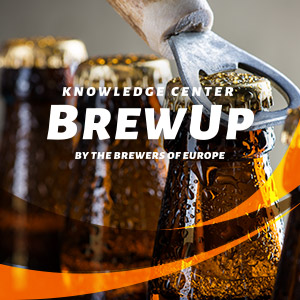
Gfk report 2014
- advocate
- 01/10/2014
- 2231
- Informing consumers
This report provides an analysis of European consumers’ information needs and preferences regarding alcoholic beverages. The results show that whilst consumers’ knowledge of the nutritional value and ingredient information of alcoholic beverages is very limited, there is interest to receive this kind of information, and an interest in accessing it through off-label channels such as websites and applications.
The Knowledge Gap in Europe
Although most European adults confirm that they consume alcohol, the majority of the 5,395 respondents under study demonstrated a limited knowledge of the nutritional values and ingredients of alcoholic beverages. It is to be noted, however, that there is a relatively high knowledge with regard to the most common ingredients of some alcoholic beverages (beer and wine).
These results indicate that consumers have a knowledge deficit of the carbohydrate, calorie and fat content of the different types of alcoholic beverages studied (beer, wine and spirits), and of the different ingredients that can be used in their production.
Many of those surveyed misjudged the impact of different drinks on their diet (many incorrectly believed some alcoholic beverages to have a higher calorie content than others, for example), which could be linked to their knowledge gap.
Interest in Product Information
The majority of consumers agreed that the same nutritional and ingredient information should be provided for all food and drink products. However, this is currently not the case, as European law exempts alcoholic beverages above 1.2% alcohol content from any obligation to provide consumers with a list of ingredients or nutritional declaration of food products.
Off-label Information Sources
This report also considered attitudes towards and use of off-label sources of product information, including websites, applications, and advertising, as well as their consumers’ trust in these sources.
The study indicates that off-label sources are already being used to a certain extent and that information provided off-line can extend the information that is available on-label. Interest in using these platforms to access nutrition and ingredient information on alcoholic beverages ranged from 36-53%, although the degree to which consumers trust and prefer different types of offlabel sources varies considerably. For example, the majority were predisposed towards using in-store communication and websites rather than applications or advertisements.
The Digital Era and Changing Consumer Needs
Consumers’ interest in accessing product information through off-label sources falls against the backdrop of the digitisation of everyday life in Europe. The region is home to the highest rate of mobile and Internet penetration across the globe, and purchases are increasingly conducted via multiple devices, including computers, smartphones and tablets.
In summary, European consumers display a limited knowledge of nutritional and ingredient information of alcoholic beverages. Nevertheless, the majority agree that food and drink products should offer the same nutrition and ingredient labelling, regardless of whether they contain alcohol or not.
On the basis of these results, alternative ways of providing consumers with product information could be a fruitful topic for further analysis

